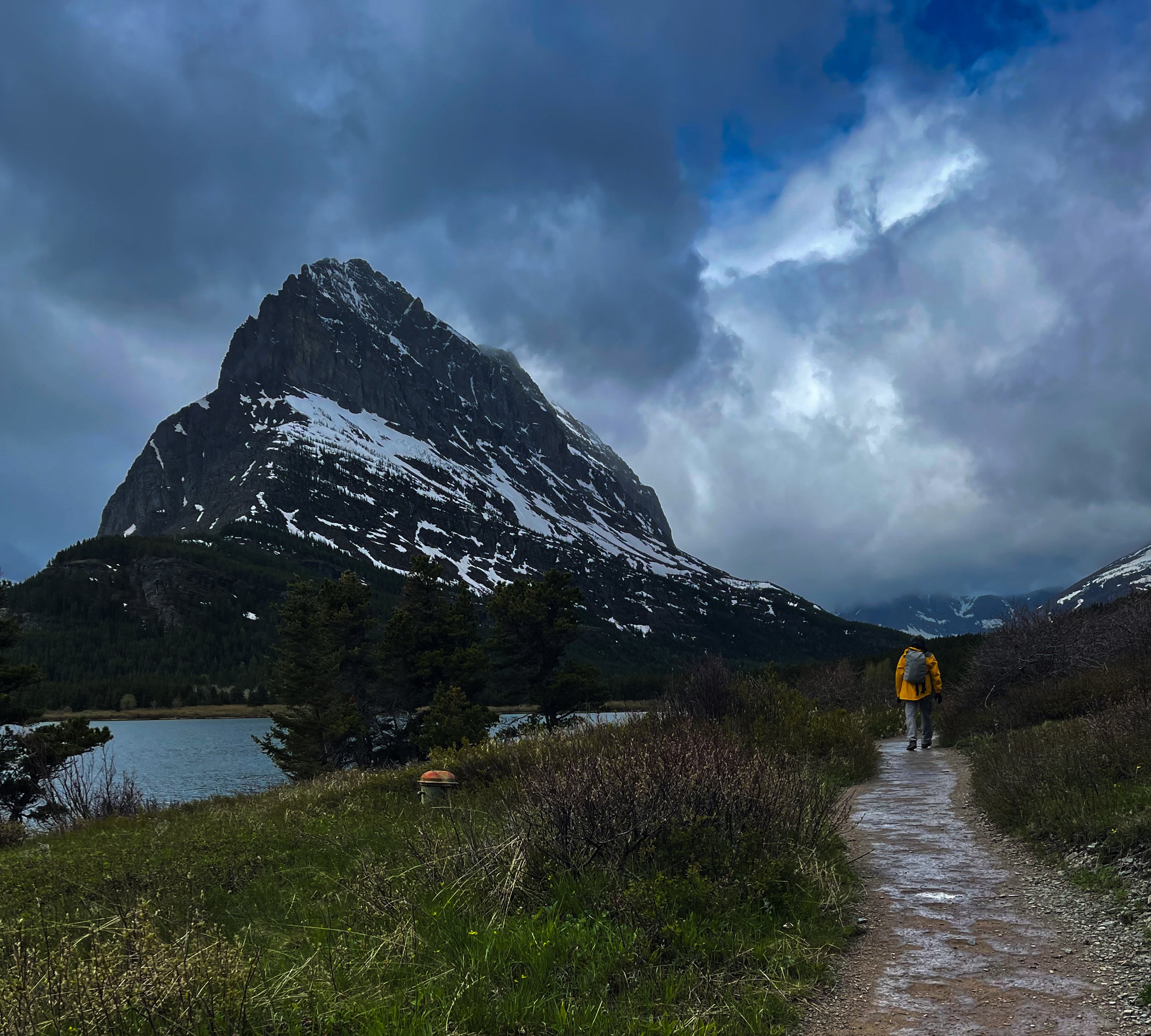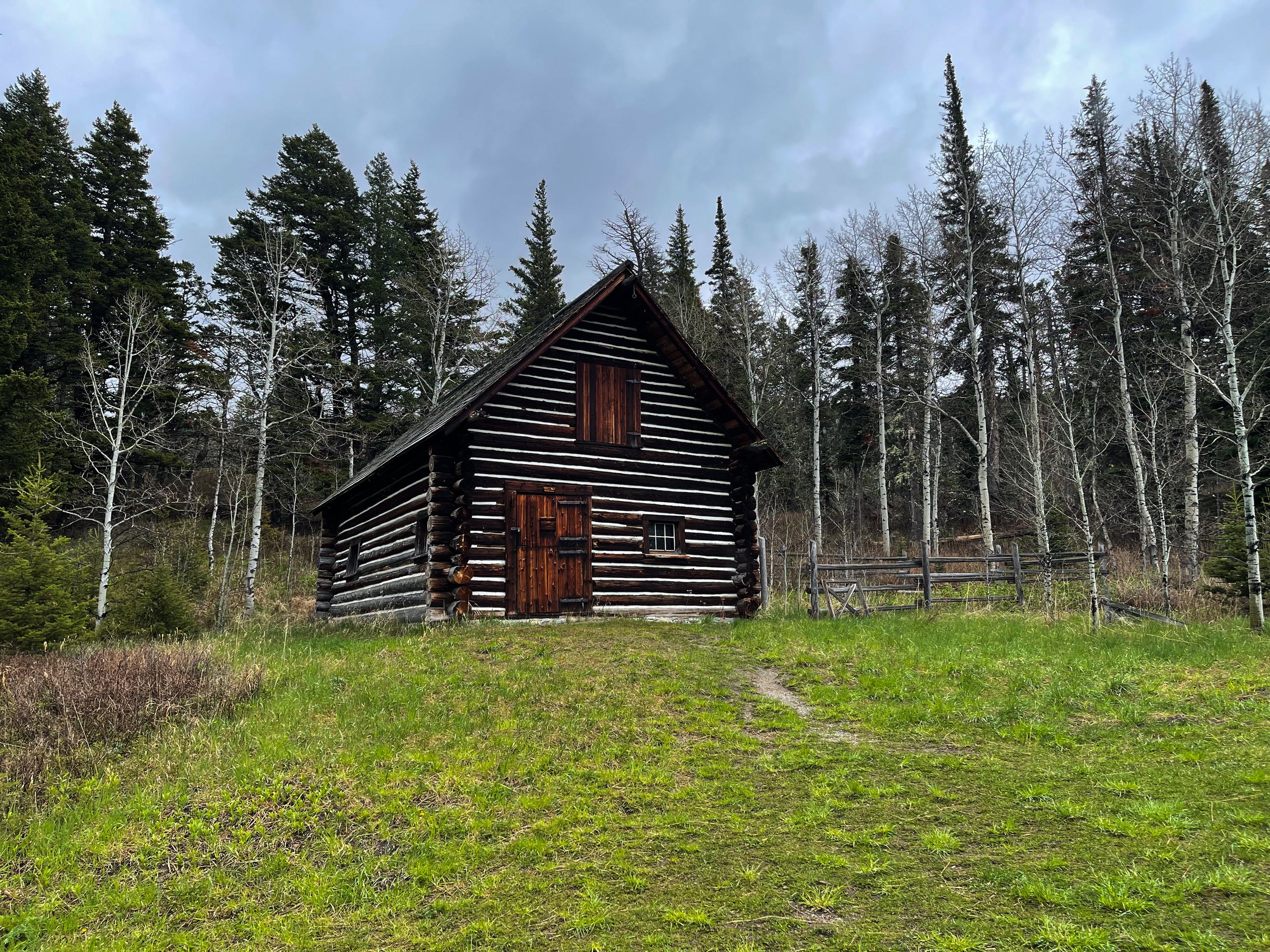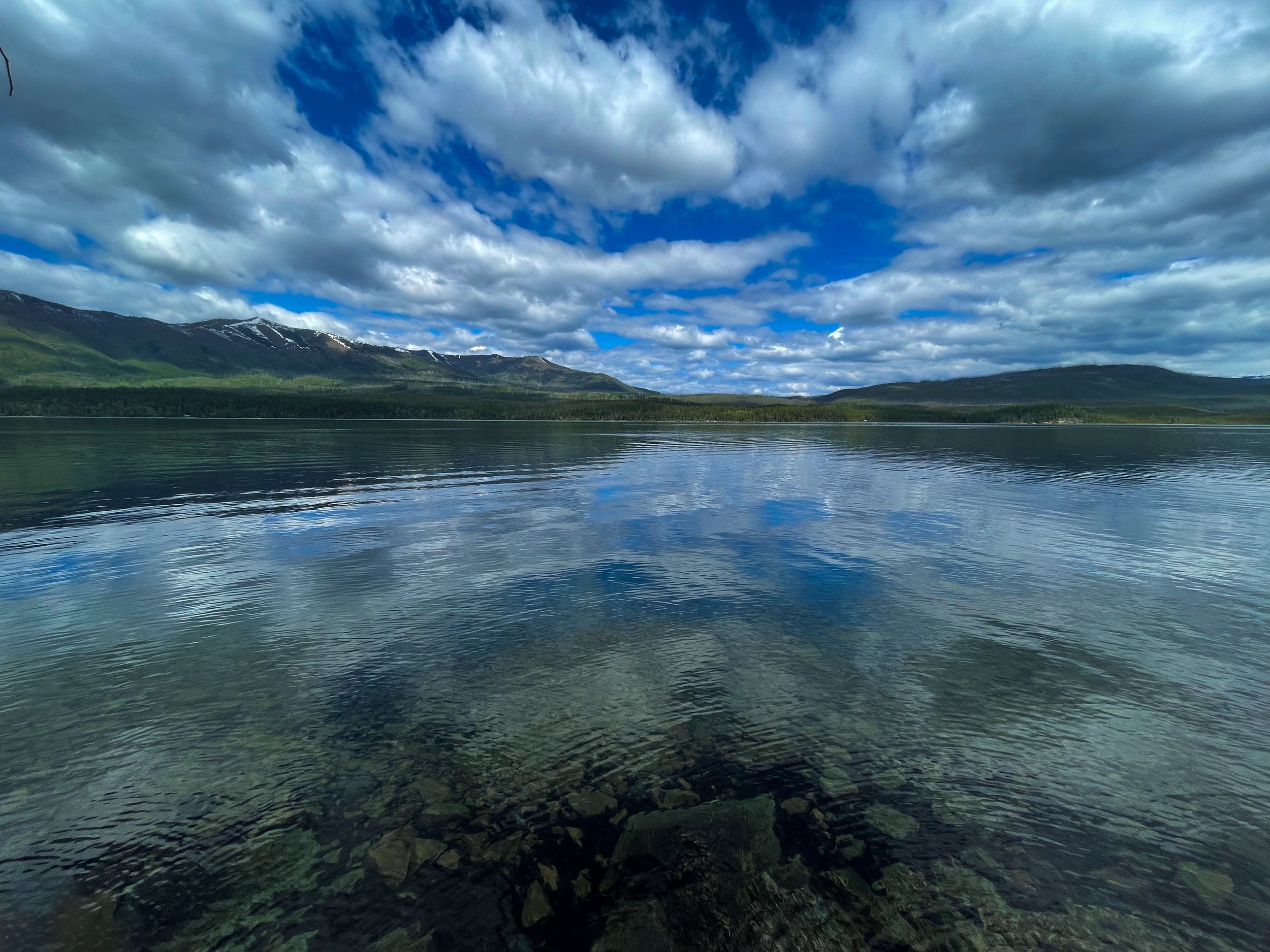Future Generations
What will our children find there in the years to come? Scientists predict the park’s alpine glaciers will vanish in the near future. Without glaciers, a reliable source of cold meltwater is lost. One species, found upstream from here, that requires cold water to survive is the meltwater stonefly (Ledinia tumana). The loss of even this one small species could start unraveling the park’s complex food web. National parks serve as laboratories that help scientists understand how a warming climate will affect Glacier’s unique habitats, your home, and the planet.

Natural and Historic Objects
Natural parks often highlight natural beauty, but equally important are their historic and cultural resources. Evidence shows humans began utilizing the natural bounty of Glacier at least 13,000 years ago. From stone tools to visitor scrapbooks, the park preserves thousands of objects. Of course, some “historic objects” you cannot hold in your hand, like oral histories, a backcountry chalet, or a way of life
Many cultures overlap as part of Glacier’s enduring history. Like heirlooms, park cultural resources connect people with place, and receive protection alongside the flora and fauna.
Provide for the Enjoyment
Natural parks offer activities for visitors of all ages and abilities. Whether you’re a birdwatcher, a botanist, camping for the first time, or staying at a favorite rustic lodge, there’s something for everyone. Maybe you’re here to hike—Glacier’s trails provide one of the best ways to experience the park’s natural beauty. For instance, the first quarter-mile of this wheelchair-accessible trail offers a relaxing walk to Swiftcurrent Creek. If you continue, you’ll encounter a more challenging trek through subalpine meadows leading to Grinnell Glacier. However you choose to explore Glacier, the experience is yours to create!
We embarked on an easy but scenic hike along the lake. Concerned about potential bear encounters, we decided to join a few other couples for added safety. Along the trail, we spotted fresh droppings, which heightened our awareness. On the return journey, we paused after encountering a moose, waiting until it was safe to proceed. Back at the parking lot, we noticed a few deer lingering nearby, seemingly waiting for food. However, everyone respected the park rules, and no one fed them.
Leave them Unimpaired
How can national parks continue to host increasing millions of people year after year and still “leave them unimpaired?” In Glacier, building and road development is restricted to specific areas, leaving much of the park in a natural state. Over 95 percent of Glacier is managed as if it were designated Wilderness — wild lands where natural integrity, like healthy biodiversity, pristine air, and water quality, takes precedence over modern conveniences.
Wild Life Therein
Notice that the words “wild” and “life” are separate. Does this part of the legislation refer to animals, or to the overall “wild” nature of a place, or both? Preserving undisturbed landscapes is vital to the survival of species that live there. On this trail you will discover moose-browsed willow bushes, cavities in trees hammered out by woodpeckers, and gnawed aspen stumps left by beaver. All are reminders of the diversity of “wild life therein” protected in Glacier National Park.



